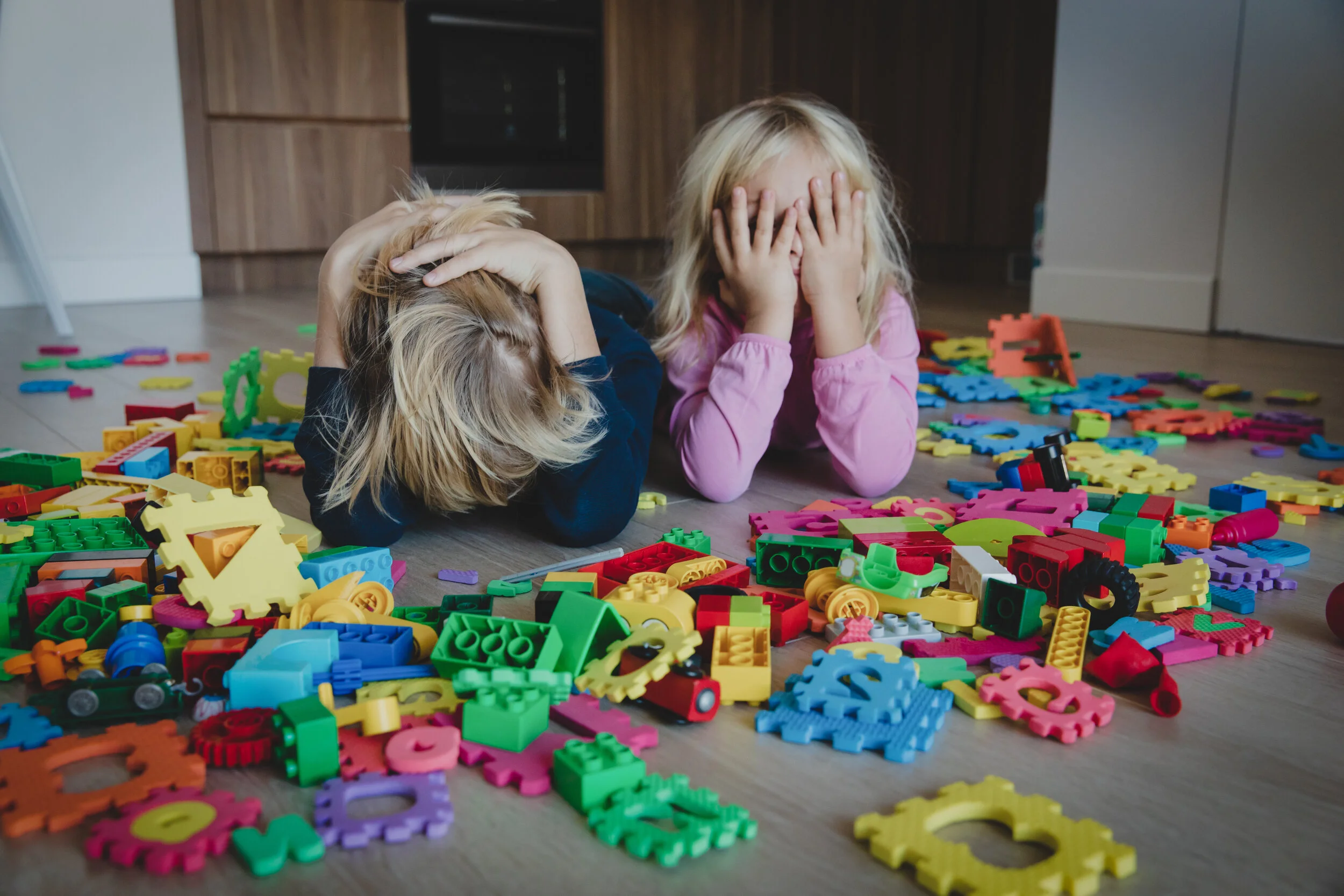12 practical steps to support children and young people who have experienced grief and loss
/Many children and teens have grief and loss experiences. It has been estimated that up to 1 in 15 young people experience the death of a parent or sibling by the age of 16. One study found 80% of 11-16 year olds report experiencing the death of a “close” family member or friend. Many children also experience other significant losses – for instance the “loss” of the family unit through parental separation, sudden loss of a family home (house fire/disaster), the death of a pet, loss of some aspect of health/mobility, or the loss of a favourite or treasured activity or possession.
Here are some ways we can support our children and teens through grief and loss experiences.
Read More




